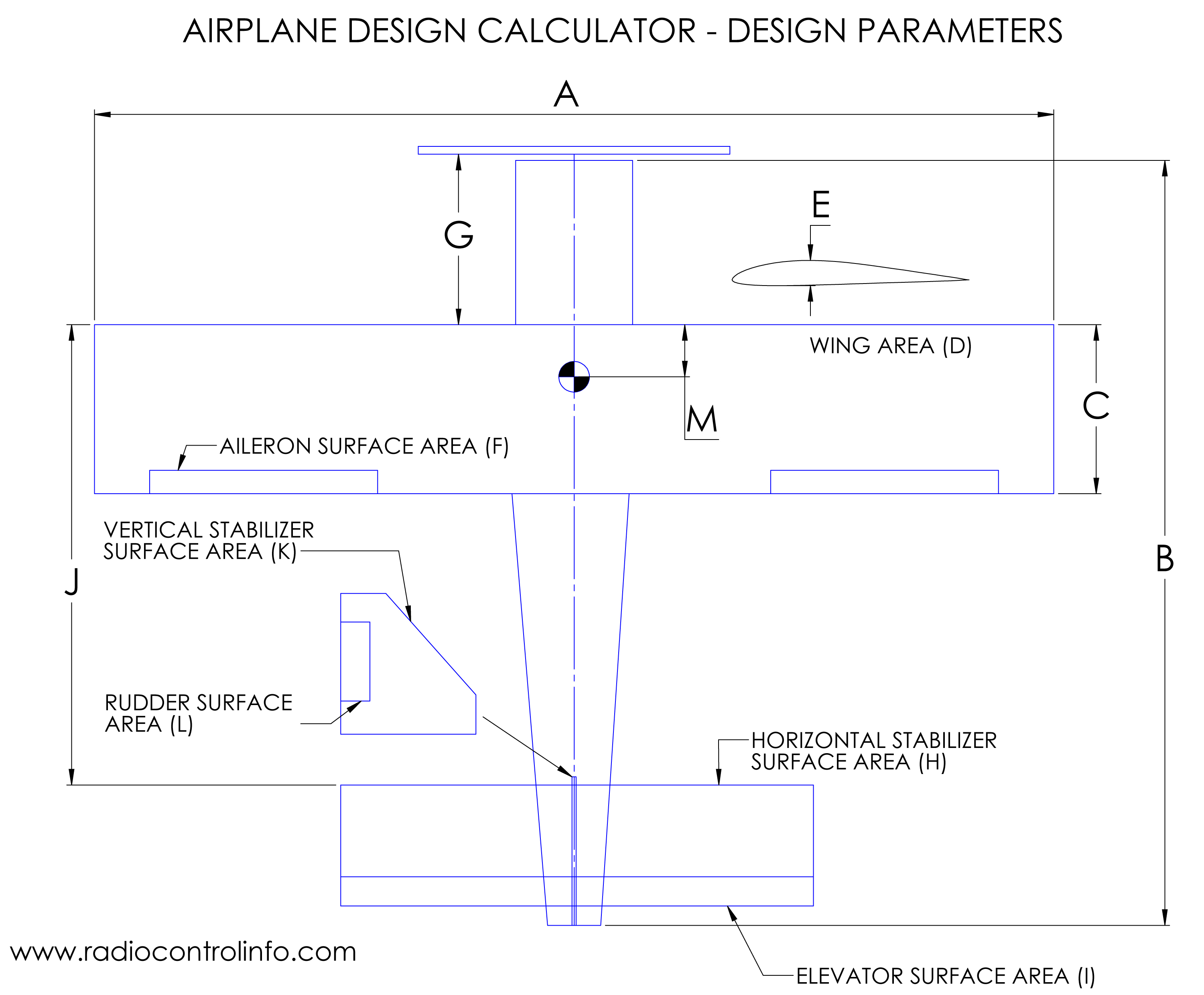

#FOAM BOARD AIRFOIL DESIGN DOWNLOAD#
I'll leave the direct download links above, at least for now, since the FT Forum does require an account to download the files.įirst, why is this the PrandtlLight? Is that suggesting that a PrandtlHeavy is in the works? The plans are now also available on the Flite Test Forum as a Resource here: You can just download this and hit print. You can just download this and hit print.Īll-in-One A4-Size Plans: This includes the complete full-sized 20x30" plans, as well as the tiled versions for printing on A4-sized paper.Ī4-Size Tiled Only: This does not include the full-size sheets, just the tiled versions for printing on A4 paper. Letter-Size Tiled Only: This does not include the full-size sheets, just the tiled versions for printing on letter paper. PrandtlLight Instructions: A 32-page photo illustrated assembly guide with complete specifications and a list of recommended components.įull-Size Plans: These are the complete plans in full-sized 20"x30" sheets.Īll-in-One Letter-Size Plans: This includes the complete full-sized 20x30" plans, as well as the tiled versions for printing on US Letter-sized paper.
#FOAM BOARD AIRFOIL DESIGN PDF#
These are direct pdf links clicking them will immediately download the file. I feel that there are currently far too few RC PrandtlPlanes, so I hope to see some of these being built! If you have any questions, leave them in a comment below. (Excuse the cinematography, I was filming with my phone mounted to my transmitter.) Lastly, just in case you don't believe me that this weird-looking thing actually flies, heres a short video clip of it doing just that.


maybe? It's the only RC plane I've ever flown, so I don't really have a basis for comparison, but clearly it is possible to learn on. Is this a good beginner plane? I don't know. Thanks to the position of the motor, it’s almost impossible for the propeller to strike the ground, which makes for good crash survivability. The plane is designed for “bank and yank”-style control with two elevons and no rudder, and is intended to be hand-launched. In this case, it may be prudent to use a slightly larger power system. The design should lend itself well to being constructed from heavier foam boards such as ROSS or Elmer’s brand, for sportier flight characteristics and better wind penetration. The result is a lightweight, slow-flying plane that is quite agile thanks to its large control surfaces and ample power. The prototypes were built from Adams Readiboard, AKA Dollar Tree foam board, covered in packing tape for added durability. The PDF is available here.Ĭonstruction requires 6 sheets of 20x30” foam board, although it’s a good idea to have one or two extras just in case. The difference in aspect ratio, sweep, and incidence angle between the two wings provides longitudinal stability, by making the lift from the rear wing more sensitive to changes in angle of attack.įor a more thorough technical primer on the principles behind box wings, I recommend a paper titled Box Wing Fundamentals - An Aircraft Design Perspective by D. The winglet surfaces joining the two wings theoretically reduce induced drag, but more importantly they provide improved structural stiffness over a cantilever wing. Rather than a traditional horizontal stabilizer that creates a downward force, there is a second wing at the rear of the aircraft, providing additional lift. This airplane features an unusual design known as a Joined Wing, Closed Wing, Box Wing, or PrandtlPlane configuration.

You guys seemed to really like my foam board PrandtlPlane design, so the plans are now available to download for free!


 0 kommentar(er)
0 kommentar(er)
